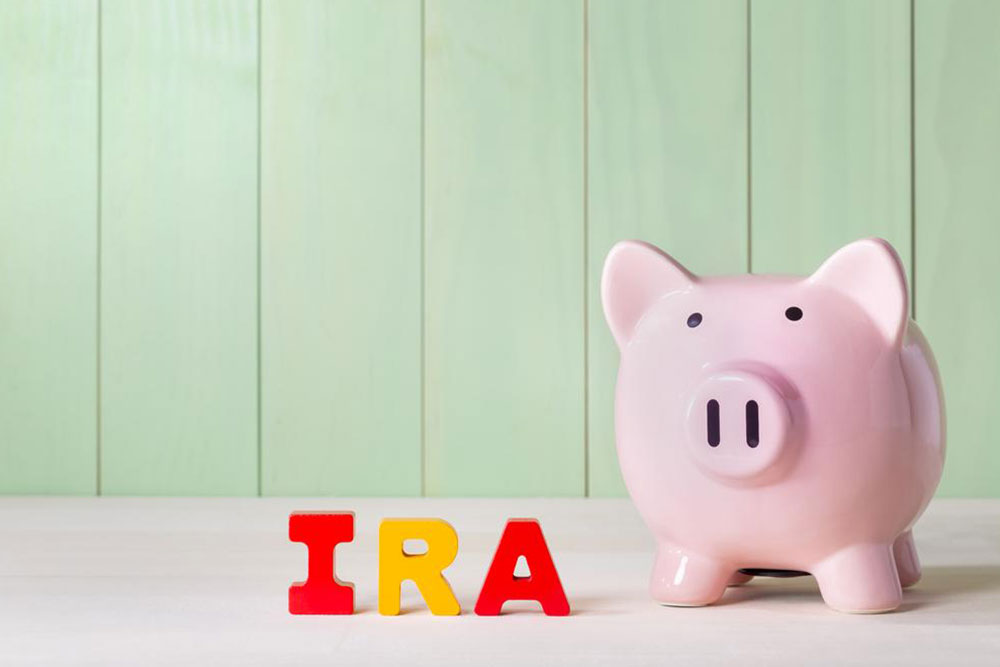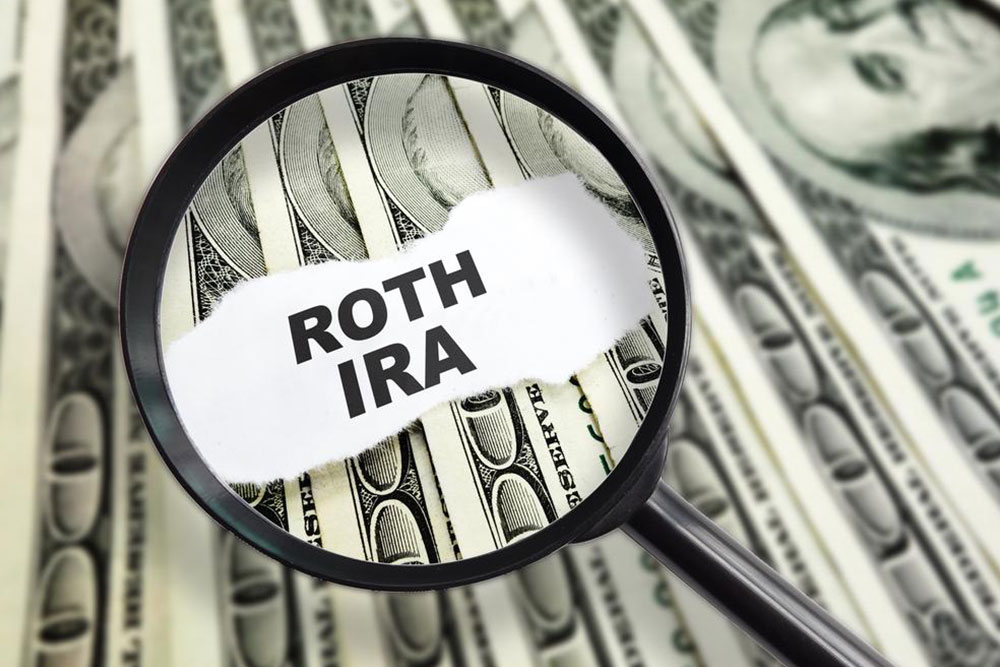Comprehensive Guide: Why Investing in a Roth IRA Is the Best Choice for Your Retirement Planning
Discover the numerous benefits of investing in a Roth IRA, including tax-free growth, flexible withdrawals, and long-term financial security. This comprehensive guide explains why a Roth IRA is a smart choice for retirement planning, offering strategic advantages over other savings options and helping you secure your financial future with tax-efficient investments tailored to your goals.

Securing a comfortable retirement involves strategic savings and wise investment choices. Among the various retirement saving options available, a Roth IRA stands out as one of the most advantageous vehicles for building wealth and ensuring tax-efficient income in your later years. This comprehensive guide explores the myriad reasons why a Roth IRA should be a central part of your retirement planning strategy. From tax benefits to investment flexibility, understanding the strengths of a Roth IRA can empower you to make informed decisions that secure your financial future.
Tax Advantages and Diversification
One of the primary appeals of a Roth IRA is its exceptional tax advantages. Contributions to a Roth IRA are made with after-tax dollars, meaning you pay income tax on the money before it is deposited into your account. This setup allows your investments to grow tax-free, and qualified withdrawals during retirement are completely tax-free as well. This feature provides excellent tax diversification—complementing other taxable and tax-deferred retirement accounts—so you can manage your tax exposure more effectively during retirement. Tax-free growth in your Roth IRA is a compelling benefit because it maximizes the accumulation of wealth over time, unburdened by annual taxes on investment gains.
Making Contributions with Post-Tax Dollars
Contributing to a Roth IRA involves using income that has already been taxed, which offers specific strategic advantages. If you are currently in a lower tax bracket—perhaps because you are early in your career or experiencing a temporary income dip—paying taxes now could be more beneficial than facing higher tax rates when you withdraw funds later in retirement. This approach ensures that you lock in today's tax rates, which are often lower than future rates, thus saving money in the long run. Additionally, because contributions are made with post-tax dollars, the principle of paying taxes upfront helps avoid tax surprises in retirement—especially as tax laws and brackets change over time.
Tax-Free Withdrawals and Growth Benefits
One of the most enticing reasons to select a Roth IRA for retirement savings is the potential for completely tax-free withdrawals. Once you reach age 59½ and your account has been active for at least five years, you can withdraw your contributions and earnings without owing any taxes. This contrasts sharply with traditional IRAs and 401(k)s, where taxes are owed on distributions. This tax-free withdrawal feature provides peace of mind, knowing that your savings can be accessed without a hefty tax bill, thus enabling more predictable retirement income planning.
Furthermore, investment gains, interest, and dividends earned within a Roth IRA grow tax-free each year. This compounding effect significantly boosts your long-term savings, especially because you don’t have to worry about annual taxes eating into your growth. As your investments appreciate over decades, the tax-free status of earnings ensures maximum capital retention and growth—crucial for building sufficient nest eggs for retirement.
Flexibility and Control in Retirement
The flexibility of a Roth IRA extends beyond tax benefits. Traditional IRAs and 401(k)s require mandatory minimum distributions (RMDs) starting at age 70½, which can limit your ability to control your income and potentially increase your tax burden during retirement. In contrast, Roth IRAs do not have required minimum distributions during the account holder’s lifetime. This means you can leave the money invested indefinitely, allowing it to grow tax-free for as long as you wish, or withdraw funds strategically based on your needs. This feature grants retirees greater control over their retirement income, enabling more sophisticated tax planning and estate planning strategies.
Additionally, since there are no RMDs, beneficiaries inheriting a Roth IRA can also benefit from tax-free growth and withdrawals, making it an excellent estate planning tool. You can leave the account untouched, and your heirs can continue enjoying tax-free growth, providing a lasting financial legacy.
Additional Benefits of Roth IRA Investing
Beyond tax advantages and flexible withdrawals, Roth IRAs offer a variety of other benefits that appeal to a broad range of investors. For example, contributions can be withdrawn at any time without penalty or taxes—making the Roth IRA a semi-liquid savings vehicle. Although it’s generally best to leave money invested to maximize growth, the ability to access your contributions without penalties provides peace of mind for unexpected expenses.
Furthermore, Roth IRAs have relatively high contribution limits compared to other individual retirement accounts, allowing you to accumulate substantial savings if you contribute consistently. Also, there are no income restrictions for conversions or withdrawals once certain conditions are met, providing additional planning options for higher-income earners. The combination of flexible features and tax benefits makes Roth IRAs a versatile and powerful vehicle tailored to diverse financial goals.
In summary, a Roth IRA offers unmatched advantages in today’s complex tax environment. From tax-free growth and withdrawals to estate planning benefits and flexible contribution rules, it is an essential tool for individuals seeking a secure financial future. By understanding these key features and strategically incorporating a Roth IRA into your retirement portfolio, you can maximize your savings, reduce your tax burden, and enjoy a more comfortable retirement.





